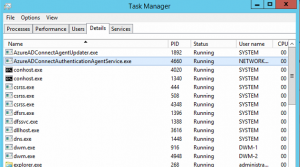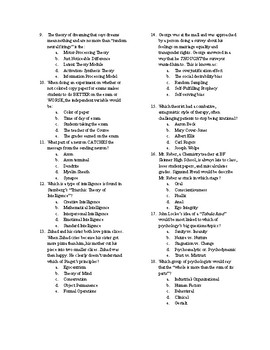

We recommend configuring the value to have a consistent state across your servers. If the value is not defined, the operating system’s default value will be used. If the value is set to 1, the protocol version will not be available for use by default. If the value is set to 0, the protocol version will be available for use by default. This setting only applies when the application doesn't explicitly request the protocol versions to be used. The DisabledByDefault DWORD registry value defines whether the protocol version is used by default. If the value is set to 1, the protocol version can be used if enabled by default or if the application explicitly requests that protocol version. If the value is set to 0, the protocol version cannot be used, even if it is enabled by default or if the application explicitly requests that protocol version. The Enabled DWORD registry value defines whether the protocol version can be used. You don't need to enable or disable one protocol version to enable or disable another protocol version. Each protocol version can be enabled or disabled independently.
#App to test tls 1.2 .net 3.5 windows#
TLS protocols are enabled or disabled in Windows Schannel by editing the Windows Registry.

Enable TLS 1.2 for Schannel All Windows Server versions Unless stated otherwise the same registry paths are used across all supported Windows Server operating systems. From part 1 you should be familiar with the various components Exchange Server relies on such as Schannel, WinHTTP and. Our steps will, regardless of the OS’ default state, configure TLS 1.2 so it is enabled and available for incoming (Server) connections and outgoing (Client) connections.

Some versions of Windows Server have TLS 1.2 enabled by default while others do not. The method used to enable TLS 1.2 varies by the version of the Windows Server operating system.

Please perform the activities called out in part 1 if you have not prior to moving forward with any configurations outlined in part 2.
#App to test tls 1.2 .net 3.5 series#
Assumptionįor Part 2 of our TLS guidance series we assume you have already audited your on-premises Exchange Servers and applied all updates called out in Part 1: Getting Ready for TLS 1.2. Part 3 of the TLS guidance series will go into detail on those topics. Part 2 will not cover disabling TLS 1.0 or TLS 1.1, nor disabling older cipher suites from being used. The ability to identify these incoming connections will vary by Windows Server OS version and other factors. In part 2 of our Exchange Server TLS Guidance series we focus on enabling and confirming TLS 1.2 can be used by your Exchange Servers for incoming and outgoing connections, as well as identifying any incoming connection which is not utilizing TLS 1.2. Update: please see our official documentation which is now available on this subject: Exchange Server TLS configuration best practices.


 0 kommentar(er)
0 kommentar(er)
